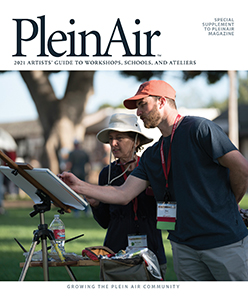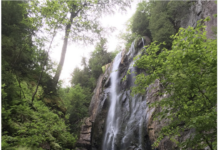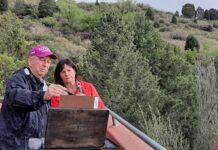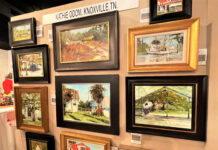
Art Workshops and More > Recently, almost 2,000 artists came together for a groundbreaking online art conference called Watercolor Live (see the recap here!). One of the reasons it was such a success is because there is no finish line when it comes to painting. Taking art workshops helps us grow.
That’s why our team puts together an annual Artists’ Guide to Workshops, Schools, and Ateliers (get it for free here). In addition to browsing these upcoming art workshops, check out the following amazing opportunities for learning with Streamline Publishing:
- April 15-17, 2021: 2nd Annual Plein Air Live virtual conference
Book Your Early-Bird Discount before 11:59pm PT February 28 and save p to $600 off the full rate - January 27-29, 2022: 2nd Annual Watercolor Live virtual conference
Book Your Early Bird Discount before 11:59pm PT on August 31 and Save Up to $600 Off the Full Rate
The Benefits of Organized Learning
BY KELLY KANE
Art schools, workshops, and ateliers have always been important to artists striving to meet others with a shared passion and to learn new methods and principles. That was especially true for women artists in the late 19th and early 20th centuries. Among the painters who made names for themselves at this time was Colorado artist Helen Henderson Chain, who founded the first art school in Denver, in 1877. A fervent plein air painter, she often took her students into the Rocky Mountains to paint directly from nature.
Today, artists looking for a way to reinvigorate their process or capture a more authentic, spontaneous response to their subject have a range of opportunities to choose from. Numerous prominent painters are happy to pass along their knowledge in workshops that last anywhere from three to 14 days, with the opportunity to travel within the United States or abroad.
Most often, these workshops include painting demonstrations by the instructor, one-on-one assistance, and critiques of student work. Also helpful and inspiring, fellow students can provide information about other workshop opportunities, travel advice, and painting tips, as well as offer a source of support and camaraderie.
Art schools and ateliers present a more formal approach, typically with a longer commitment. Historically, ateliers put a strong emphasis on learning to draw well, focusing on still life or human anatomy. The attention to drawing remains, but many of today’s ateliers also address the landscape and its recurring forms. Generally, students work alongside masters in their studios for years to hone their skills.
No matter which opportunity you’re considering, it’s important to do your research. Find out as much as you can about the qualities the instructor emphasizes in his or her own work, as well as their teaching style — do they primarily like to lecture or demo for the class, or do they also offer individual advice to students as the participants work on their own paintings? What is the daily routine — how much time each day is allotted for the students to work on their own pieces? If plein air experience is a priority for you, how much time is spent outdoors? What have past students said about the experience?
Artists never stop learning. Each new painting brings new discoveries. In this 2021 Guide to Art Workshops, Schools, and Ateliers, we’ve compiled myriad opportunities for you to take the first (or next) step on your painting journey. You’re sure to find one or more workshops or classes that are right for you.
KELLY KANE
Editor-in-Chief
PleinAir Magazine



